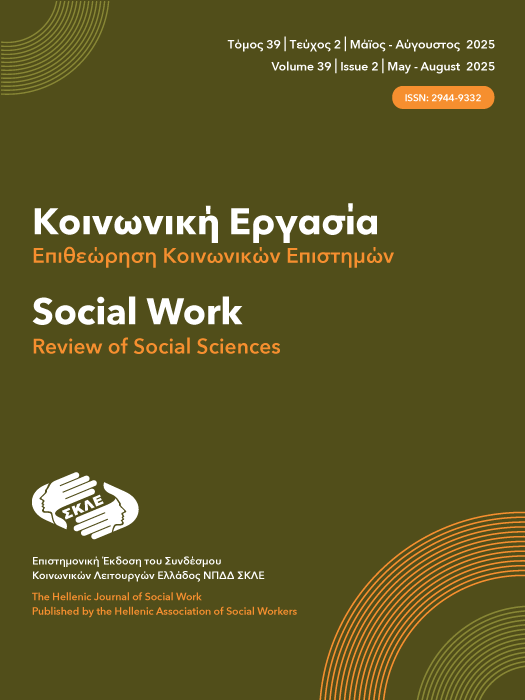Education and successful Aging: A systematic review and meta-analysis of cohort studies

Abstract
Successful aging refers to a multifaceted concept that includes the physical, cognitive, emotional, and social health of older adults. In recent years, growing research interest has focused on the various factors that contribute to positive aging outcomes. This study examines the relationship between educational level and successful aging in individuals aged 65 and over, using a systematic review and meta-analysis of cohort studies. Electronic databases (PubMed, Scopus, ERIC, and PsycINFO) were searched to identify eligible papers following the PRISMA guidelines. Additionally, reference lists of relevant systematic reviews, meta-analyses, and included studies were reviewed. The methodological quality of the selected studies was appraised through the application of the Newcastle-Ottawa Scale (NOS). Combined estimates were calculated using random-effects models with the REML method in R version 4.4.0. Twenty-eight articles met the eligibility criteria and were included in the review and meta-analysis. Statistical analysis showed that upper secondary education (OR = 1.17, 95% CI = 1.09–1.26), tertiary education (OR = 1.27, 95% CI = 1.03 –1.56), and varied educational levels (OR = 1.11, 95% CI = 1.05–1.18) were significantly associated with successful aging of older adults. Based on the current data, higher educational levels are significantly associated with successful aging in later life.
Article Details
- How to Cite
-
Tsiloni, E., Dragioti , E., Gouva, M., Vassilopoulos , S., & Mentis, M. (2025). Education and successful Aging: A systematic review and meta-analysis of cohort studies . Social Work. Review of Social Sciences, 39(2), 22–53. https://doi.org/10.12681/socialwork-rss.41306
- Section
- Article

This work is licensed under a Creative Commons Attribution-NonCommercial-ShareAlike 4.0 International License.


